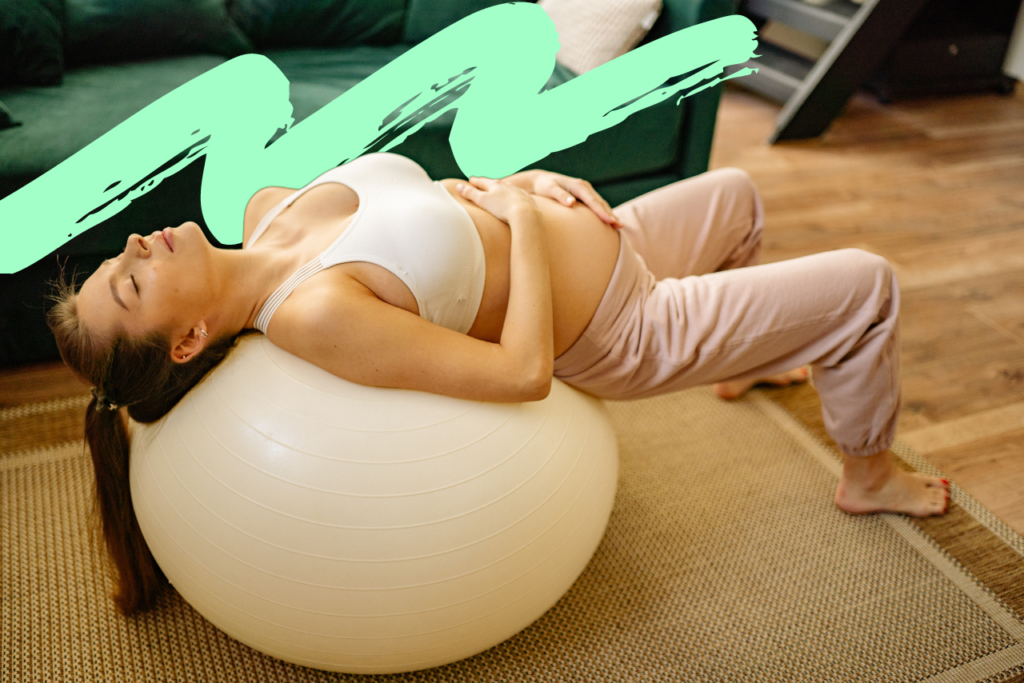Whether you are expecting your first child or your fifteenth, the changes your body goes through during pregnancy can be just as surprising as they are exciting.
While maternity is typically characterised by a ‘pregnancy glow’, the effects on the body can differ hugely from person to person, and in terms of visibility, this is most keenly felt (apart from the bump, of course!) in the skin, hair and nails.
Today, we’re considering the former of those three and, more specifically, the appearance of stretch marks, which usually start to appear in your third month or later as your pregnancy advances.
The primary cause of these mostly unwanted marks is the rapid weight gain that the vast majority of pregnant women undergo. When your body (and the baby) grows faster than your skin can manage, the elastic fibres underneath stretch or break — causing those indented, reddened streaks on the breasts, hips, buttocks, and other parts of your body.
These marks could also become irritated or itchy. As the tissues heal, stretch marks appear, and although harmless, can occasionally cause self-consciousness.
Fortunately, after your baby is born, the marks may gradually fade into paler scars and become less visible, but they may not fade away entirely. With that in mind, if you’re looking to manage the appearance of such stretch marks, then you’ve come to the right place. Here are some key tips on doing just that.
Maintain A Healthy Diet
The appearance of stretch marks can be prevented – or, more accurately, mitigated – chiefly by maintaining a healthy weight, keeping hydrated throughout pregnancy, and eating a nutrient rich diet which takes in plenty of Vitamin C, D, E, zinc and protein, especially.
Fruits and veggies rich in vitamins C and D, in particular, can help your skin to remain soft, supple and elastic. Vitamin D also helps slow ageing, reduce acne, promote immunity, treat dry skin, reduce pigmentation, and keep your skin healthy.
Eating healthily also helps you control your weight gain, managing the rate at which your skin stretches.

Drink Plenty Of Water
Drinking water is vital for you and your baby during pregnancy. But during pregnancy, just as at any other time, drinking enough water and staying hydrated can help keep your skin moisturised. And the softer and more moisturised your skin, the less likely you are to develop stretch marks. As Heathline points out, ‘’Soft skin doesn’t tend to develop stretch marks as much as dry skin does.’’
Water also helps your body function properly and heal broken tissues, potentially making the marks less visible.
Exercise
Exercise during pregnancy is important for several reasons:
- It can help reduce back pain,
- It helps boosts energy levels,
- It improves your mood, and
- It can promote muscular tone.
And in terms of the appearance of stretch marks, exercise, alongside eating healthily, can contribute to more manageable weight gain, thereby helping control stretch marks.

Massage Your Skin With Creams Or Oils
Some stretch marks oils may also help reduce the appearance of stretch marks during pregnancy. It should be noted that, aside from the simple passage of time, there isn’t a treatment to actively remove stretch marks currently on the market, and such oils instead work by reducing their appearance and texture.
Creams or oils that some use to reduce the appearance and texture of stretch marks include coconut oil and shea butter. Although coconut oil and shea butter do not entirely prevent stretch marks, they improve the appearance of your skin, keeping the skin moisturised and promoting healing.
It should also be noted, however, that stretch marks are not caused by dry skin, so using moisturiser (topically applied) will only hydrate the affected area, potentially improving the appearance of stretch marks temporarily.
The Bottom Line
Stretch marks cannot be avoided entirely, but their appearance can often be managed. This is best done through a holistic approach, ensuring you’re eating healthily, exercising regularly, keeping hydrated and, potentially, using creams on effected areas.
*This article is not intended to replace medical or skin care advice, diagnosis or treatment given by a qualified health professional. Instead, this article only provides information, not advice. For any medical enquiries, always consult your GP or dermatologist first*




